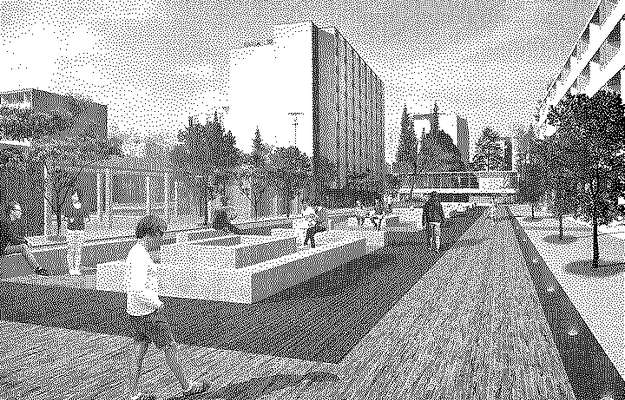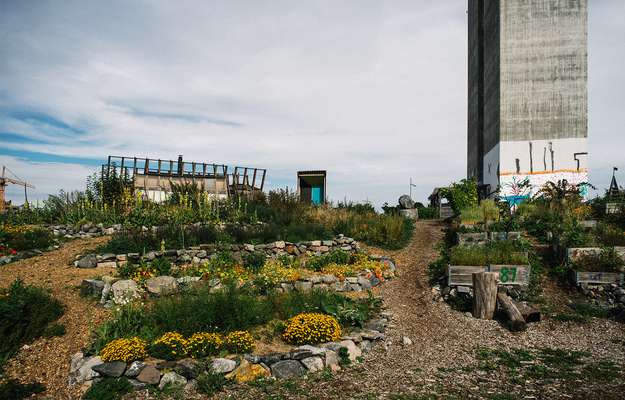Future Architecture Book, out now!
As the closing act of the first pan-European architecture platform Future Architecture, we are pleased to announce the Future Architecture Book. Edited by Milan Dinevski and Damjan Kokalevski, the book documents the 6 years of the platform that was dedicated to creating a network of cultural institutions and young practitioners. Its main aim was to present and discuss architectural concerns with the public, focusing on frameworks of practicing architecture in a wider socio-political context. Initiated and led by Matevž Čelik, the platform grew into a network of 28 member institutions across Europe and over 4000 creatives worldwide.
The book is available in MAO SHOP>>
The Future Architecture Book is conceived as a cross-section through the lifecycle of the platform and does not claim completeness, such a book would take on an encyclopedic scale. Instead, it shows a series of curated fragments, revealing the links, ebbs and flows of the collaborations and ideas across time. As the editors write:
“Most of the materials in the book are treated as found objects presented in their “as is” state and treated as a historical artifact or a “ready-made”. Furthermore, we wanted to convey and show the culture of collaboration, rather than explain it. In this sense, the book is representing an archive, or an attempt to preserve cultural production and not let it vanish.”
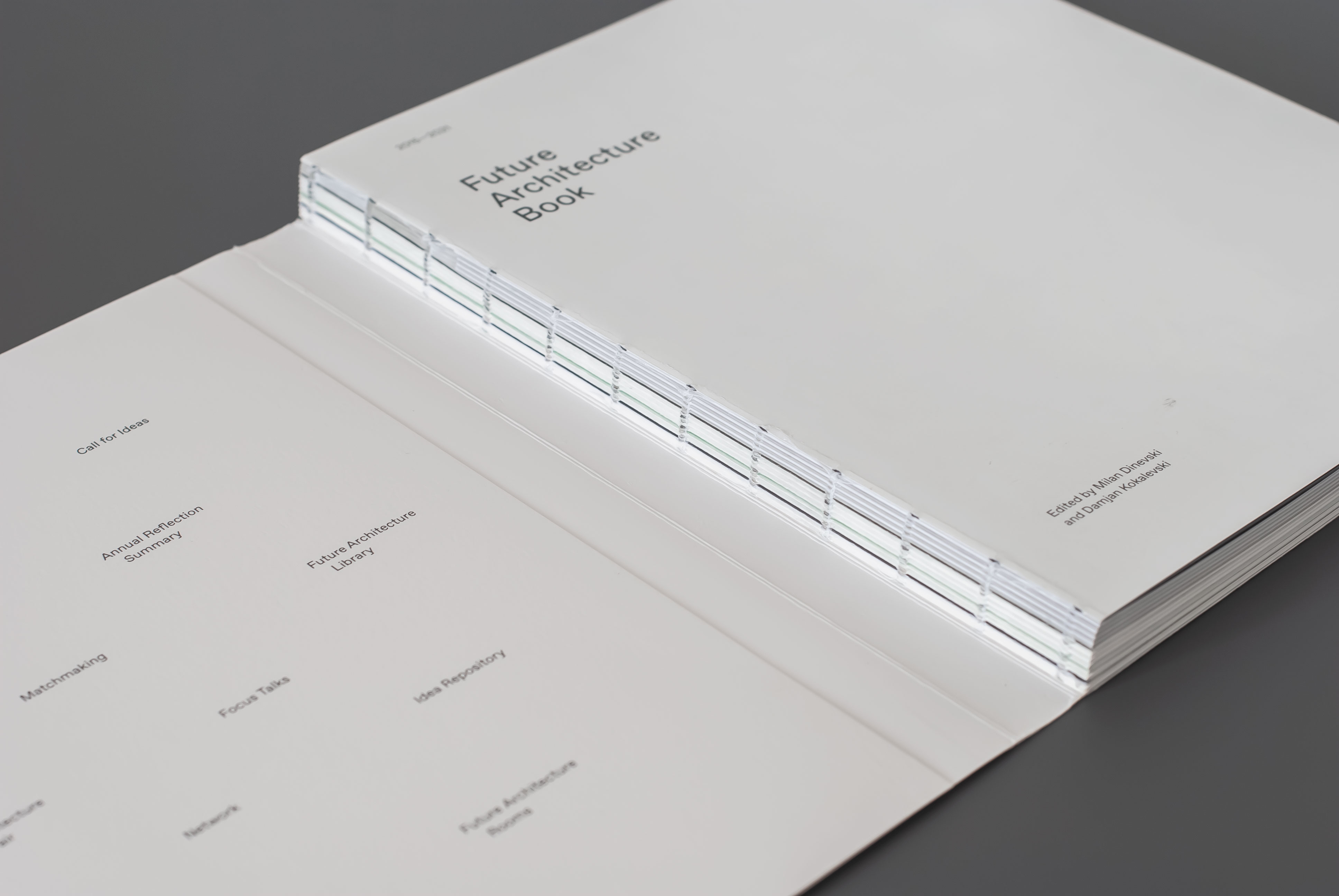
Thousands of artifacts produced throughout the years—ideas, projects, exhibitions, events, reflections, publications, photographs, visual identity packs, call for proposals and testimonials were examined and became the basis for the four main chapters of the book—Reflections, Charts, Collaborations, and Dossier.
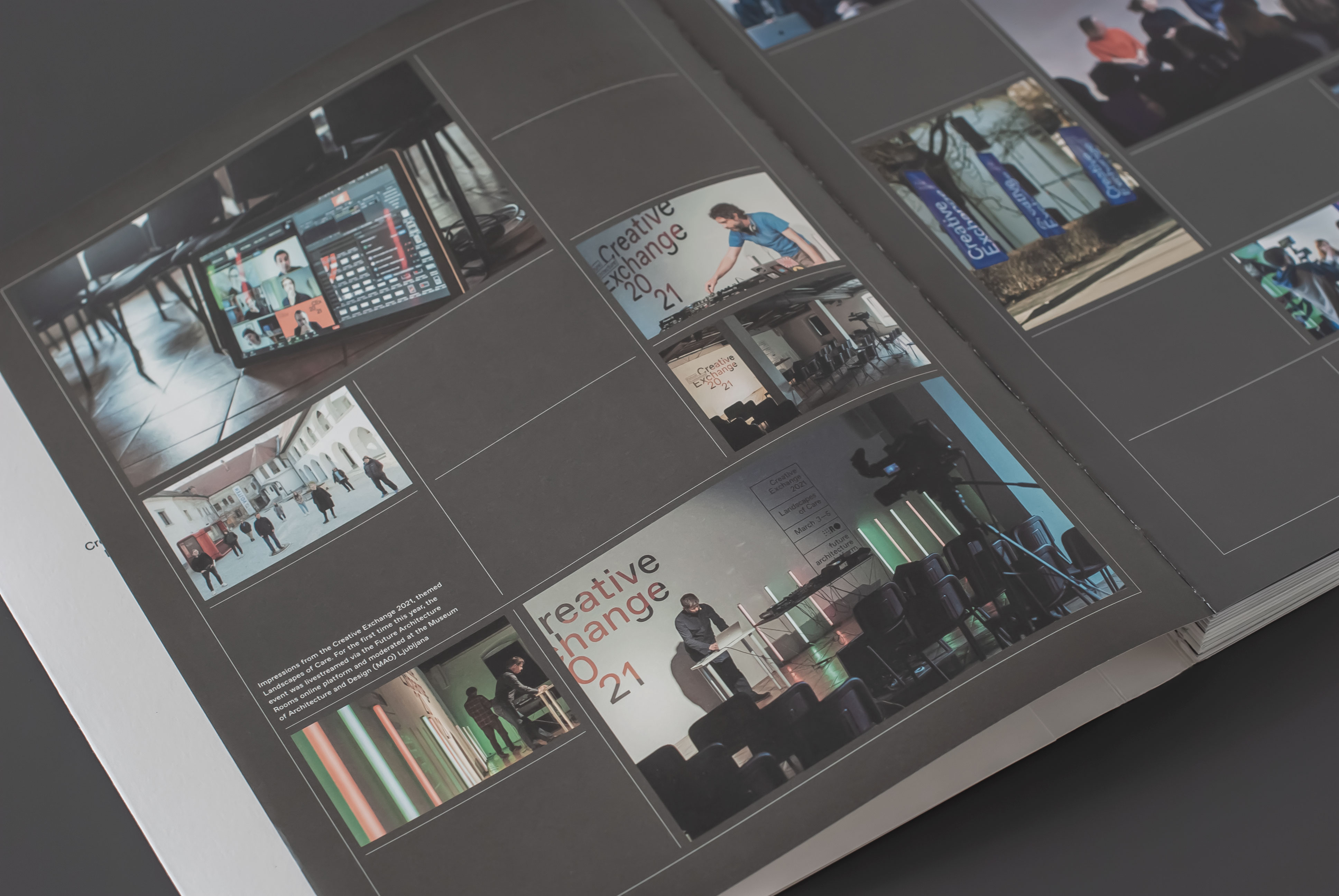
The Reflections feature contributions by Giovanna Borasi, Amica Dall, Marina Otero Verzier and Stojan Pelko which set a critical tone on each year’s ideas that were submitted at the annual Call for Ideas. The Charts give a visual and spatial representation of the vast database, while the Dossier takes the form of a statistical report that captures the sheer quantity and complexity of the platform.
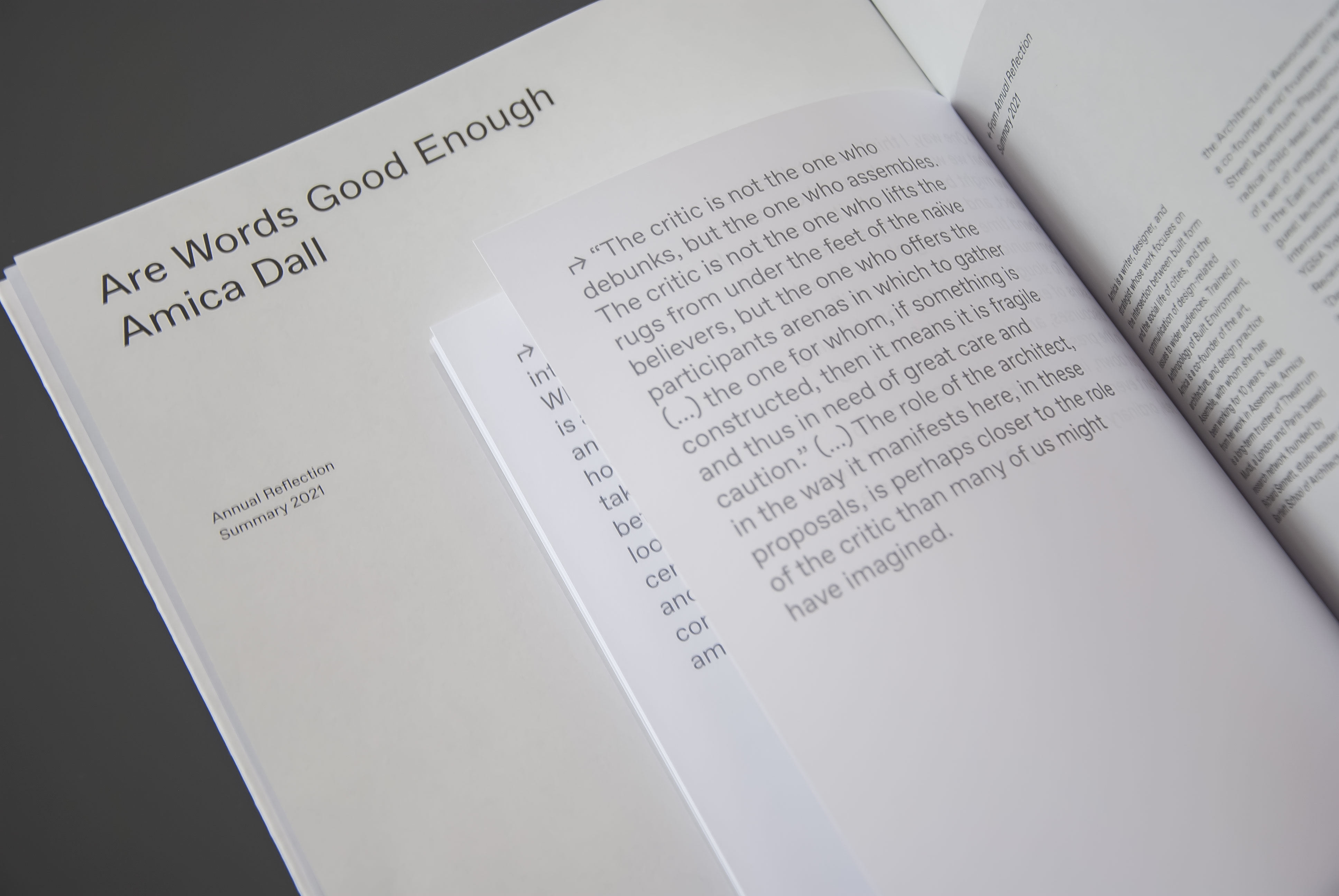
The highlight of the book however is in the Collaborations chapter. From Idea > to Program > to Outcome, we see the evolution of an idea, focusing on the exchange between the cultural institutions and the practitioners. This chapter shows the mechanisms of collaboration that resulted in numerous events held across Europe—exhibitions, publications, film screenings, and lecture series, to name a few.
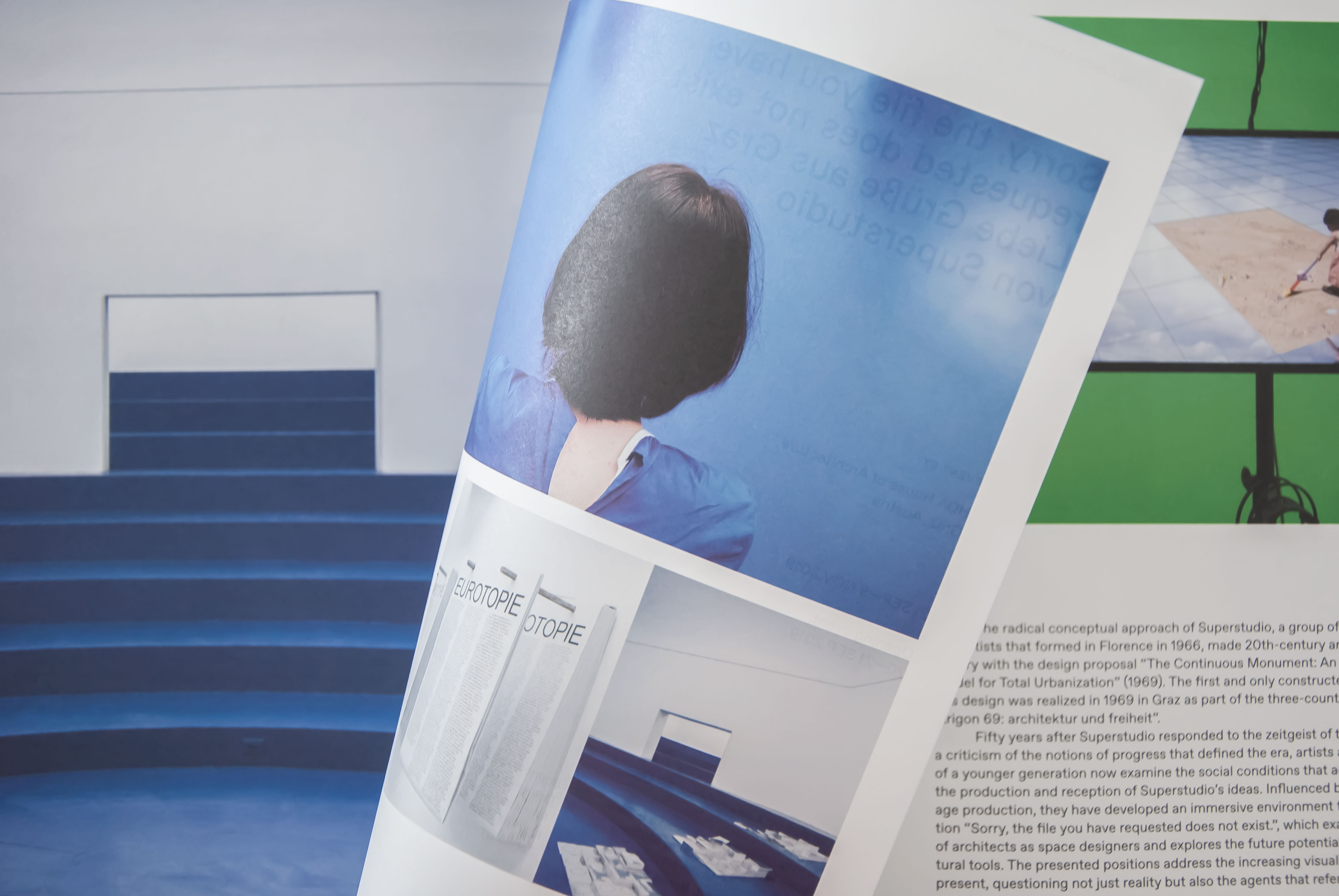
Designed by Benja Pavlin, the book is a visual treat. It also features two extensive photo documentary essays focusing on the Creative Exchange, the annual gatherings of the platform that took place at the Museum of Architecture and Design, MAO Ljubljana. The essays also show glimpses into some of the events (360 in total) of the European Architecture Program. Finally, we take a look at the platform’s vibrant and recognisable visual identity.
The editors, together with the graphic designer Benja Pavlin and the researcher Ana Kuntarič Brodersen worked as a forensic unit—examining, dissecting and presenting the endless archive of the platform.

Future Architecture Book is also a thank you note to all Future Architecture creatives, members, friends, collaborators, supporters and personnel, who got together to create something remarkable.
We thank you for your sincere efforts and contributions.
The book is available in MAO SHOP>>

